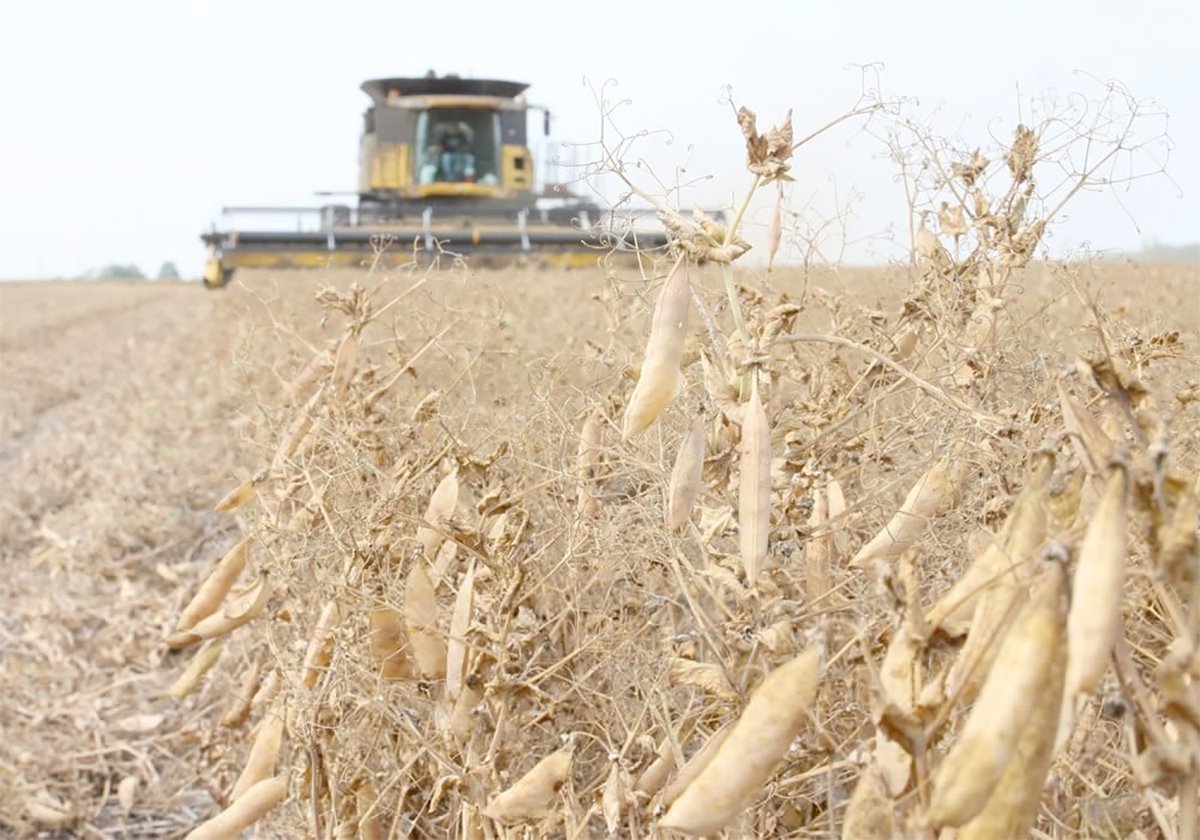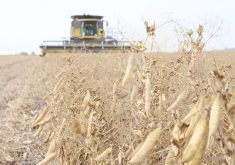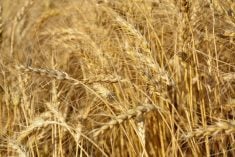The Saskatchewan Association of Rural Municipalities is calling on the provincial government to increase its education tax rebate to 40 percent from 25 percent.
A resolution passed at four of the organization’s six June district meetings also calls on the government to remove the home quarter exemption on the rebate program and to allow the rebate to be administered by municipalities.
SARM president Sinclair Harrison said he will deliver the message to the premier and to the education minister.
But his words may fall on unsympathetic ears.
Read Also

Chinese, Indian tariffs take toll on pea prices
The disruption of pea exports from Canada’s largest customers will likely result in slow pea exports for the remainder of the crop year.
A high-ranking political adviser thinks SARM’s anger is misdirected.
Marv Schultz said the province has taken steps to mitigate the tax shift to agriculture that occurred through the 2001 reassessment — reducing it from $22 million to just over $10 million.
The government also created a $50 million education tax rebate program for farmers that expires this year.
In addition, the province allows farmers to claim education tax as an input cost on their income tax returns.
“I don’t mind when they beat us up when we deserve it, but I don’t like it when we don’t deserve it,” said the chief of staff for education minister Jim Melenchuk.
Agriculture land made up 27 percent of the total assessed value of property in Saskatchewan in 2000, but only contributed 23 percent of the education tax levy, said Schultz.
By contrast, commercial land represented 29 percent of 2000 assessed value and accounted for 34 percent of the education bill that year.
“Now I ask you, who’s getting screwed and who’s getting a deal?”
Schultz said SARM should be focusing its anger on school boards that didn’t adjust their mill rates to offset the effects of reassessment, which shifted $10 million more of the provincial education tax burden to agriculture.
Data from three rural school divisions surrounding Saskatoon provide a good case in point, said Schultz.
School divisions get their money from two primary sources — taxes and provincial grants. In one division the grant went up, in one division it stayed the same and in the third it dropped. But in all three divisions the tax levy rose by more than $2 million.
- Saskatchewan Valley — Grant up $1 million. Tax levy up $2.7 million.
- Saskatoon West — Grant stayed the same. Taxes up $2.1 million.
- Saskatoon East — Grant down $500,000. Tax levy up $2 million.
“My question that I’ll have to ask them at some point is ‘can you justify a $2 million increase on your budget,’ ” said Schultz.
Harrison said SARM isn’t focusing on school boards because if they aren’t doing their job, voters will boot them out. SARM’s mission will be to get a bigger rebate from the province.















